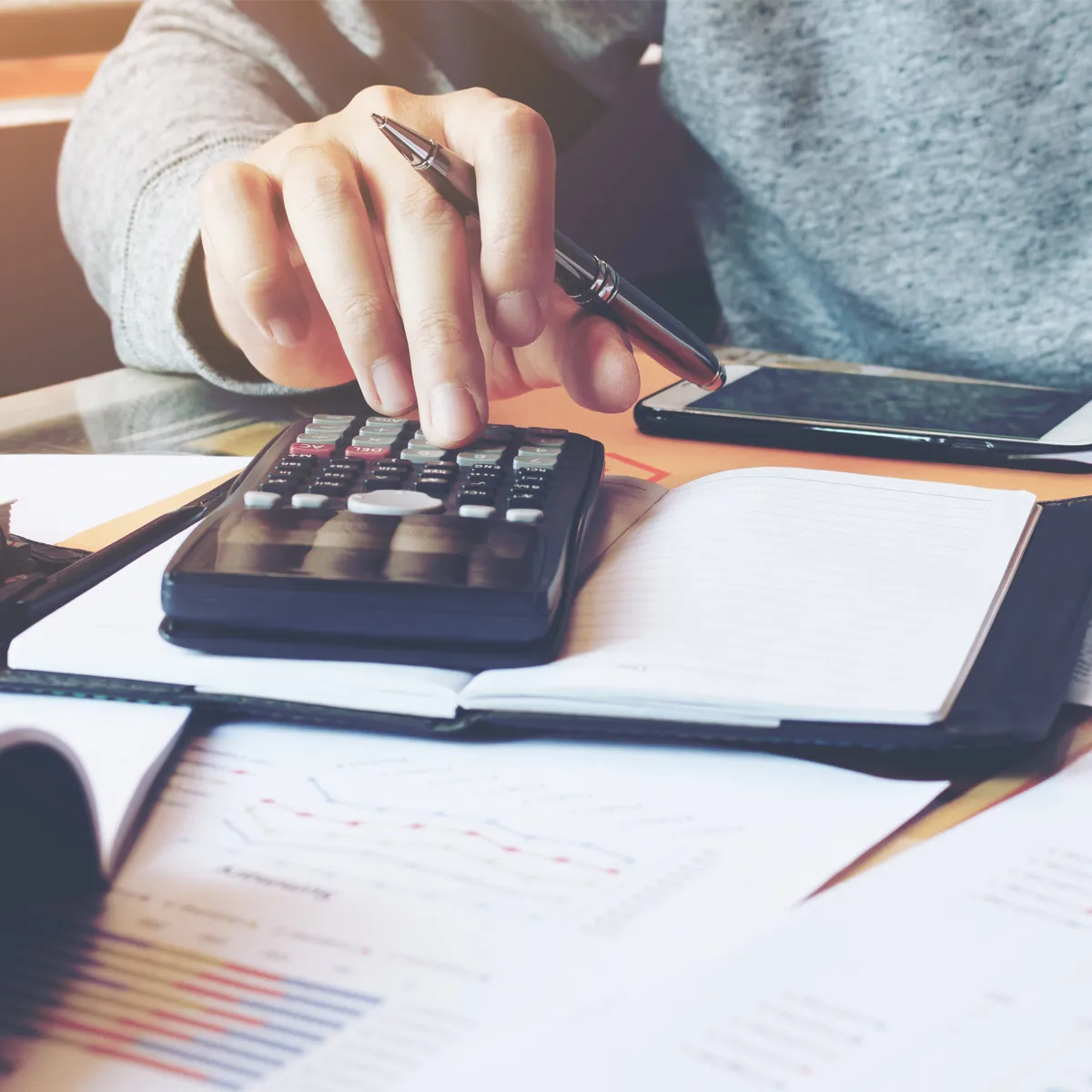

Article published in El Comercio.
Everyone is currently talking about the coronavirus and the fear that this will have a negative impact on our country’s public health and economy. As an economist, I won’t talk about the impact on health, but I can make some comments to analyze the potential impact it might have on our economy.
“There’s no doubt that the arrival of the coronavirus in Peru generates an enormous challenge for the responsiveness of the public health system.”
1. This is a phenomenon that is affecting, and will continue to affect global growth strongly this year, especially due to the effect of the preventive measures that families and governments will adopt to contain its spread.
2. A significant part of the economic impact up until now has concentrated itself in China, due to the severe restrictions of the flow of people and the temporary closure of businesses, which in turn affects the enormous global supply chain. Fortunately, the daily updated information is showing a decline in the number of sick people in China, a return to normality in migratory flow, and a gradual recovery in business operations. But the impact in western countries is only just starting.
3. For now, it’s very difficult to know the exact economic impact the coronavirus will have on Peru. But it can be asserted that the most severely affected sector will be tourism. This has become clear on a global level and Peru won’t be an exception to that rule, where a decline in revenue from tourism-related services (flights, hotels, travel agencies, etc) is likely this year.
4. If the global economy returns to normality in the third quarter of the year, the impact on local financial variables could be mitigated. The average price of metals we export hasn’t been affected that much, while the price of petrol we import has fallen strongly. On balance, if this is maintained it could sustain or even increase the flow of dollars into the economy, which would prevent a strong devaluation of the sol. Additionally, thanks to our low country risk and the reduction of international interest rates to historically low levels, financing costs for businesses and families in Peru could remain low, despite the volatility of the financial markets.
5. Lastly, the impact of coronavirus on our economy could be significant if the number of infected were so high and long-term that many people wouldn’t be able to work. This would change not only the composition of consumption –affecting visits to shopping malls, cinemas, bars or restaurants, but benefit other sectors–, but also of aggregate consumption due to the deterioration in the citizens’ capacity of generating income. This is the main risk.
Amidst so much uncertainty, there’s no doubt that the arrival of the coronavirus in Peru generates an enormous challenge for the responsiveness of the public health system –which has serious deficiencies, such as the lack of beds or the scandalous lack of water and soap in some cases–, in the middle of the worst outbreak of dengue fever in recent years. But it’s also a challenge for communication to ensure citizens adopt adequate prevention measures without descending into alarmism (even though facemasks have already run out locally).